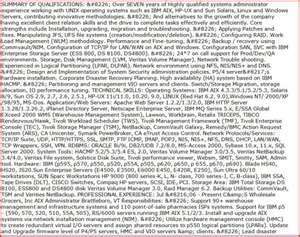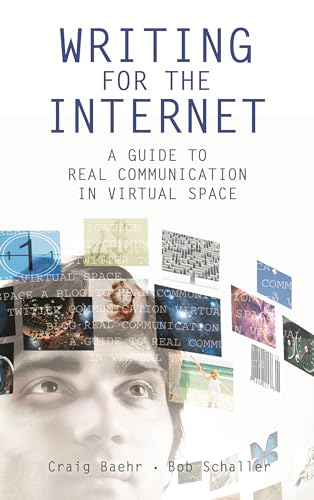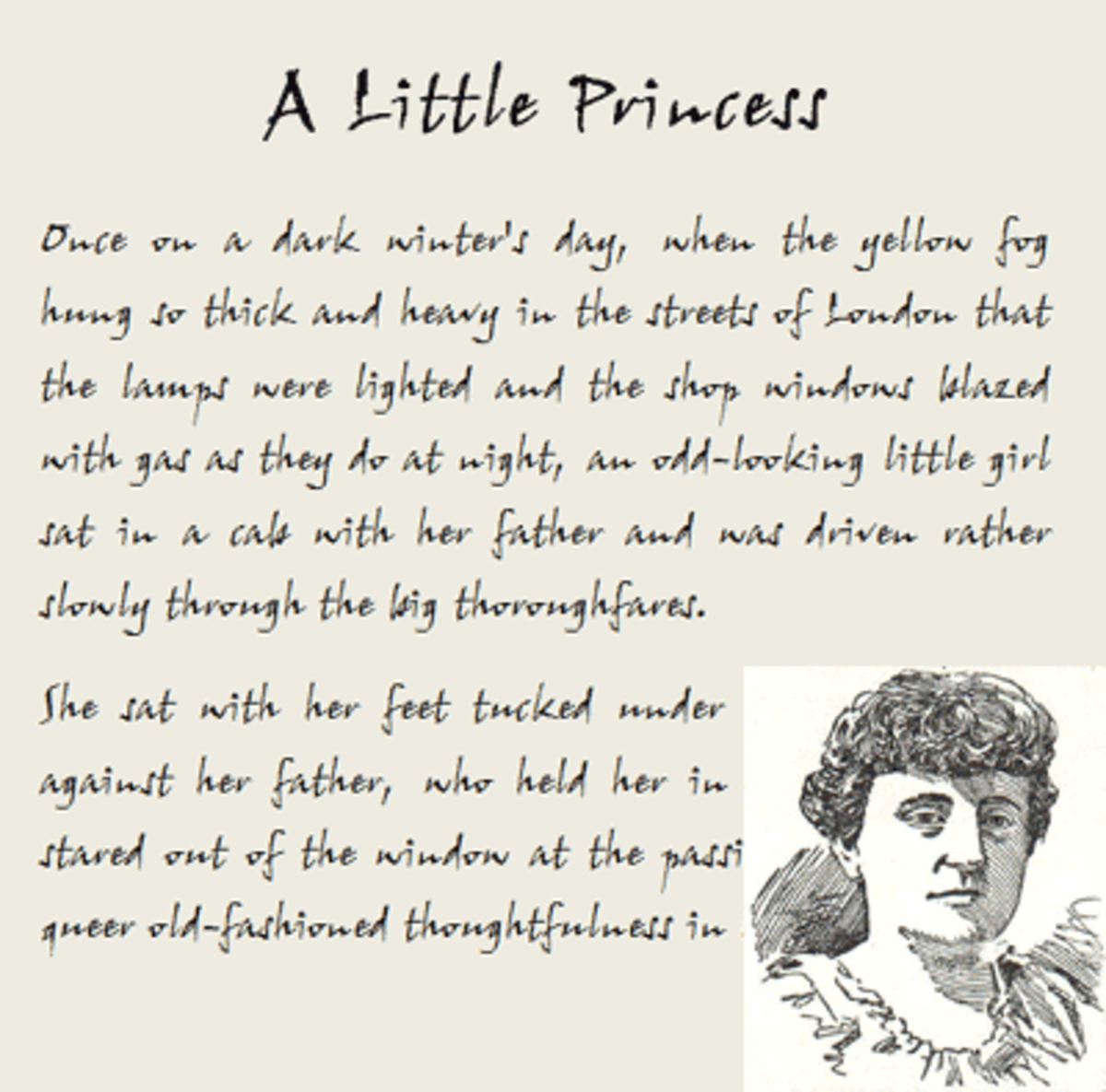Make your hub more readable: Stop assaulting innocent web readers!

Readability can be the difference between someone clicking away from your hub or reading it from beginning to end. A hub that is easy to read does not take a toll on the mind, is easy on the eyes and not harsh to our emotions either.
Good readability makes a hub like the path of least resistance to web readers – and they surely would follow it. However, readability should not be left to chance; various characteristics and attributes contribute to it.
Proper punctuation, spelling and grammar
When hub-hopping, you encounter articles of varied quality. Grammar, spelling and punctuation are fundamental elements of understandability. The worst thing is to delve into a hub that looks interesting, only to be assaulted by poor grammar wielding a katana and a rod of incorrection. Tink about if langwage were yoused in any manna and proper punktuation gramma and spelling were ignored that would be terrible wuldn’t it.
That last sentence is a clear exaggeration, but apart from such writing being flag-worthy, it distorts meaning and makes the reader work harder to understand your meaning. Don’t let your good ideas and thoughts be construed as utter rubbish because of this. Those who are unaccustomed to writing in English (or those who just aren’t good at it) can have it proofread by someone who is more proficient in the language.
Formatting
Even if a hub is superbly written, poor formatting can affect its readability. The “wall of text” phenomenon is particularly disturbing. Paragraphs that are 300 words long are just not cool either. Paragraphs should be given space to breathe and line spacing should be consistent. This is not only enhances the appearance of the hub, but improves the content organization.
In addition, some persons do not know about the ellipsis, which is exactly three dots long (…). Their “ellipses” are much more than that. However, the real joke is when the ellipsis varies in length within the hub! (….. … .... ………) Some persons use double spaces after punctuation marks. Whatever formatting you choose should be consistent throughout to enhance the readability of a hub. The more persnickety reader may be distracted by such inconsistencies.

Arrangement of Hub capsules
This is related to formatting, but it deserves a separate section. The beauty of HupPages is the freedom to design your hub and arrange the capsules as you see fit. Some Hubbers pay no attention to this or abuse the capsules.
There are some hubs that have a huge picture or a number of pictures at the top before you see any text. I know there are picture hubs, but those weren’t in that category. That’s a huge turn-off if the picture is not the focus, since the pictures are usually without context and may not be enough to hook the reader into scrolling down.
Then, there are some hubs that oversell Amazon ads, with too many ads or too many capsules. There are many tips for effectively presenting the ads. Sometimes, I’m enjoying a hub and then encounter the Amazon ad spread across the middle. So I scroll down and have to pass over five ads before you can continue reading. That’s like getting an advert without a designated commercial break. Don’t have a hub looking like the Sahara or an over-crowded, smog-filled city. Design is about finding that delicate balance and making your hub even more attractive and useful.
Logical structure and organization
As mentioned before, formatting has a role to play in reinforcing the structure and organization of your hub. However, logically connecting sentences within a paragraph is critical. Each sentence should be related and should build on the previous one. Arbitrary paragraphing can make it harder to follow the hub, especially if unrelated ideas are in the same paragraph. The type of writing you do would be a major consideration, but even in creative writing, logical structure and sequence is important.

Informal writing
Writing on the web is less formal, which is great. You can ignore some of the rigid rules linked to writing academic essays. For instance, using the second person singular is actually encouraged, although many persons frown upon the overuse of the first-person singular in any writing. Putting the “I” in a hub can enhance it, but any personal views or anecdotes should enhance the hub, not make it lose the plot or the reader.
Concise content
HubPages stipulates that the ideal hub should be between 500 and 1500 words long. In fact, most writing sites use that benchmark for length. Some readers may click away if they see something beyond that; others may find even 800 words daunting (hmmm…I’d better check my length). Anyway, the reality is that an article is only too long if it doesn’t hold the reader’s interest to the end.
Ezinearticles recommends breaking up longer articles into shorter ones. A 1500-word piece can be reduced to two 750 hubs, which can be linked to each other. That’s the beauty of being able to hyperlink in hubs. On the other hand, you should avoid writing an essay on a hub that may be better off short.
Sentence length
Since being able to sustain a reader’s interest is important in online readability, sentence length plays a part in the tone and style of a hub. Short sentences are choppy. Long sentences may be a bit meandering, leaving you wondering where the next stop is. The best policy is to mix up the long and short ones – vary the sentence lengths to add pizzazz and avoid monotony.
Conclusion
Of all the characteristics of readability, formatting and language are likely the most important. Regardless of what your topic is, most readers should be able to understand your hub – if not the topic. Clean up the sentence fragments and the broken English. Preview your hubs to see how attractive it is before publishing. Simple steps such as those could boost the readability of your hubs significantly.








